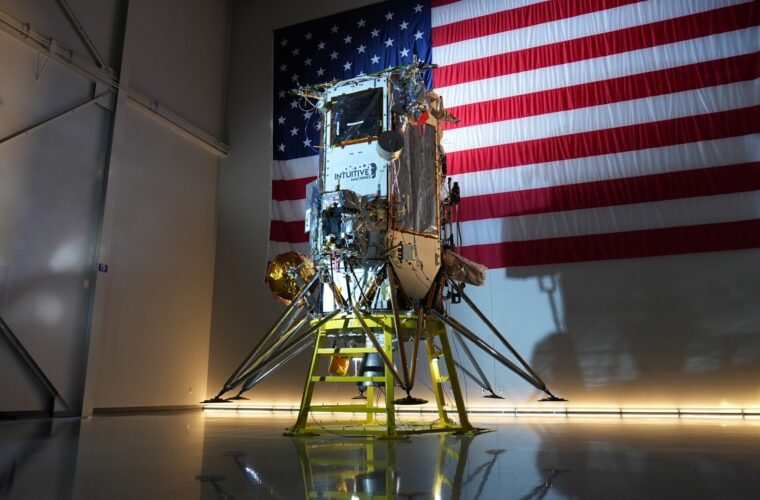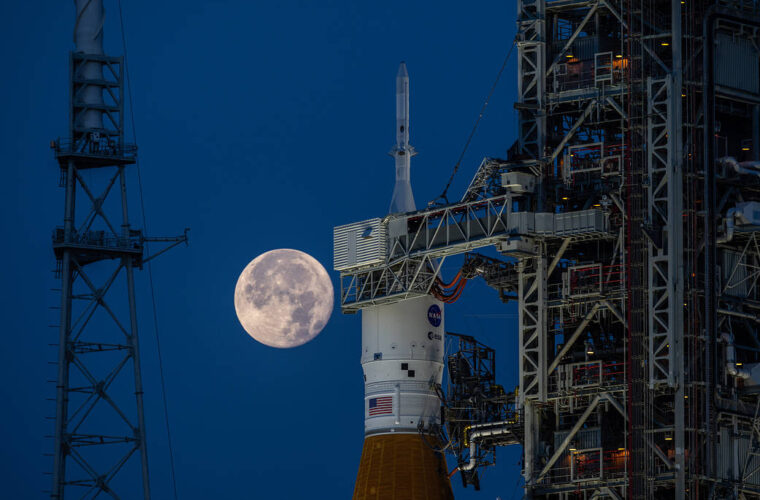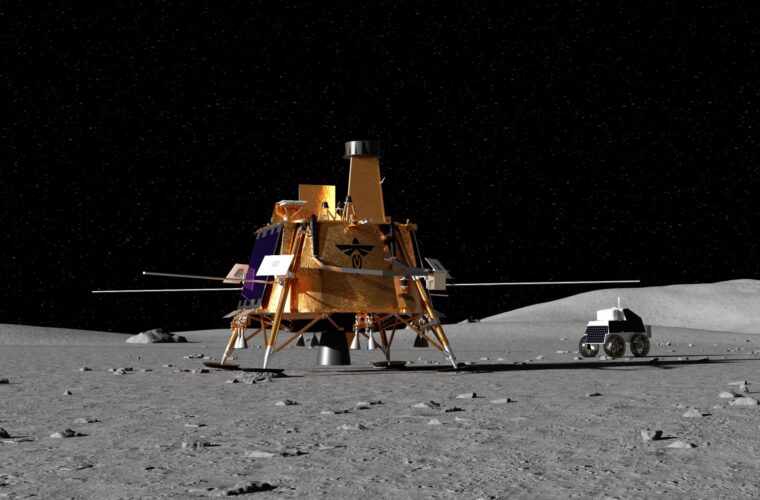Japanese astronaut: The United States is the only country to have taken its astronauts to the Moon. So far, twelve men have walked on lunar soil, but there will be big news in the coming years. The first will bear the name of Christina Koch, who will be the first woman to set foot on Earth’s natural satellite. The second concerns the greatest ambition of all the countries working for years to follow the American example. Only among Russia, China, and India will Japan have the upper hand because Tokyo will be the first non-US astronaut to set the second flag on the Moon.
The official announcement came after a meeting at the White House between President Joe Biden and Japanese Prime Minister Fumio Kishida, who reached a final agreement on a series of partnerships between the two countries. Although dates are scarcely indicative as they are often subject to postponement, the idea envisages the participation of two Japanese astronauts in the Artemis-4 mission, scheduled to be launched in September 2028. However, at the moment, this seems a very optimistic target, also considering that first, there is Artemis-III with two other Americans who will go to lengthen the aforementioned list.
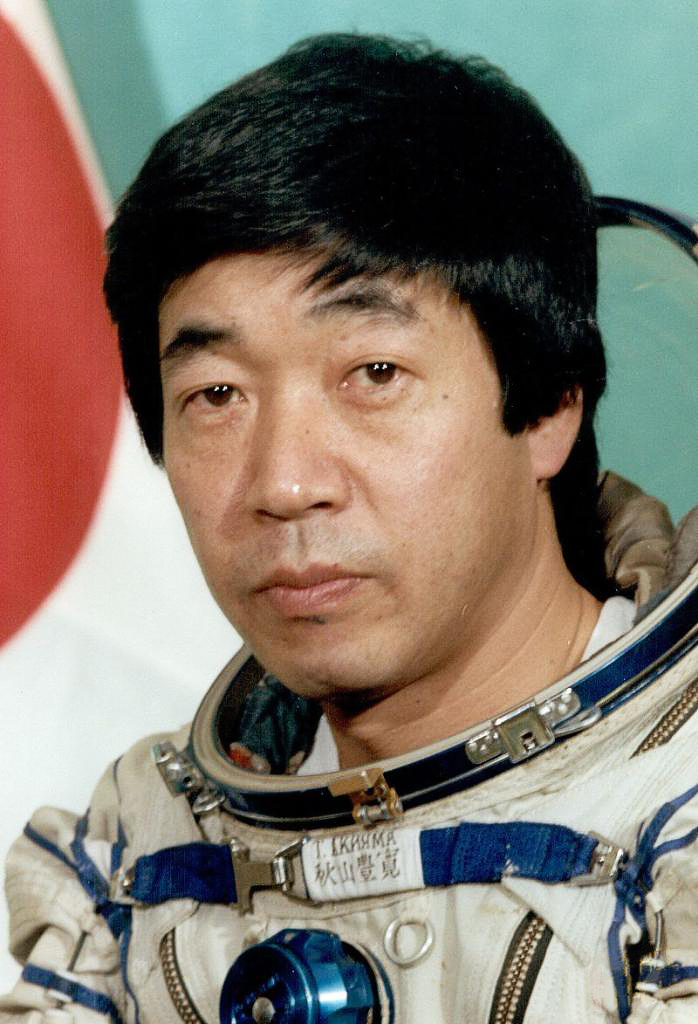
Japan beats Europe and China
A surprise announcement, the one made by Biden at the joint press conference with Kishida, which was only later confirmed by NASA and which disappoints many of the United States’ partners, starting with the European countries, with the European Space Agency (ESA), have ensured a significant contribution to the Artemis Programme over the years. There were many hopes of hitting a historic milestone from Italy to France and Germany, as was Canada.
On the other hand, however, Japan was also one of the first eight countries to sign the Artemis Agreements and is also collaborating with ESA to build the HTV-X dearth capsule that will supply the Lunar Gateway space station. This increases the anger of China, which has the conquest of space as one of the priorities of the policy of greatness with which it challenges the United States. The Chinese have successfully completed three unmanned landings on the Moon between 2013 and 2020, to set foot on it for the first time by 2030. They are unlikely to do so before Japan.
In confirming the news, the Japanese Prime Minister added that he had signed an implementing arrangement with the US to construct a lunar rover that should be delivered to the Moon in 2031 to be operated by Japan for the first ten years. Produced by a collaboration between Toyota, Mitsubishi Heavy Industries and the Japan Aerospace Exploration Agency (JAXA), the vehicle will allow astronauts to stay inside without spacesuits thanks to controlled air pressure. It will be driven by a Japanese astronaut, who will theoretically be part of his country’s second lunar mission and succeed his first two compatriots as part of Artemis-4.
Japanese astronaut
The Lunar Cruiser measures 6 x 5.2 x 3.8 metres, should be able to carry two astronauts up to 20 kilometres per day and will be responsible for surveying soil and underground resources in areas near the Moon’s south pole for a period of about one month. The Japanese expect a lifecycle of ten years, with a total travel distance of more than 100,000 kilometres, thanks in part to batteries that generate hydrogen by harnessing sunlight through a technology developed by Toyota and tyres that can prove effective on the fine lunar sand.
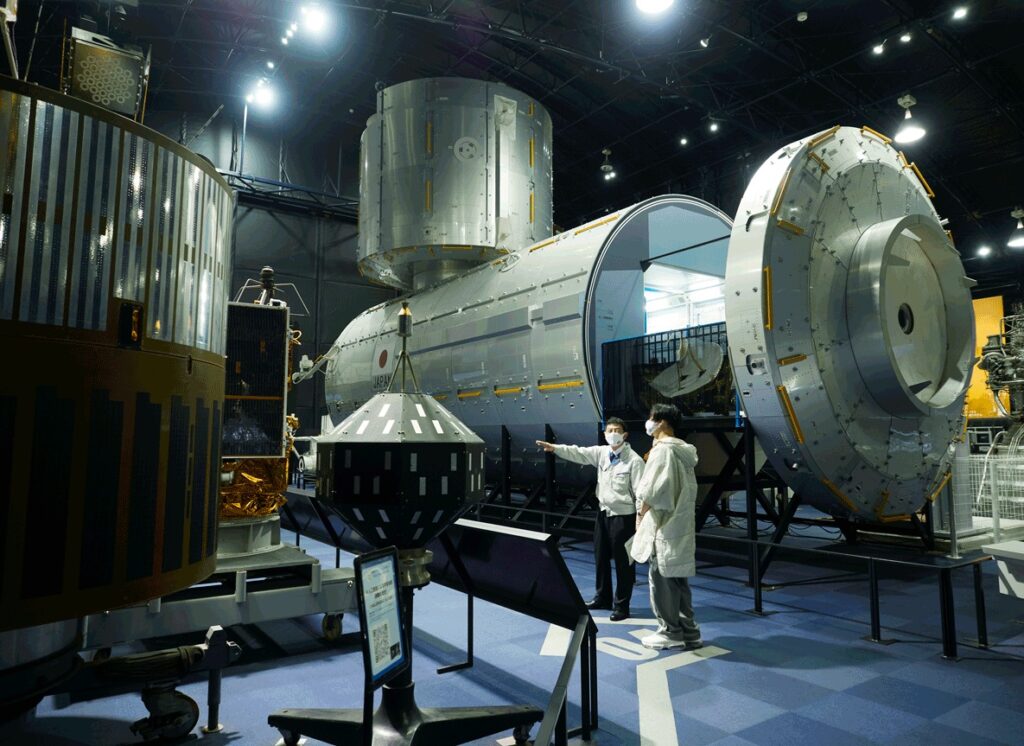
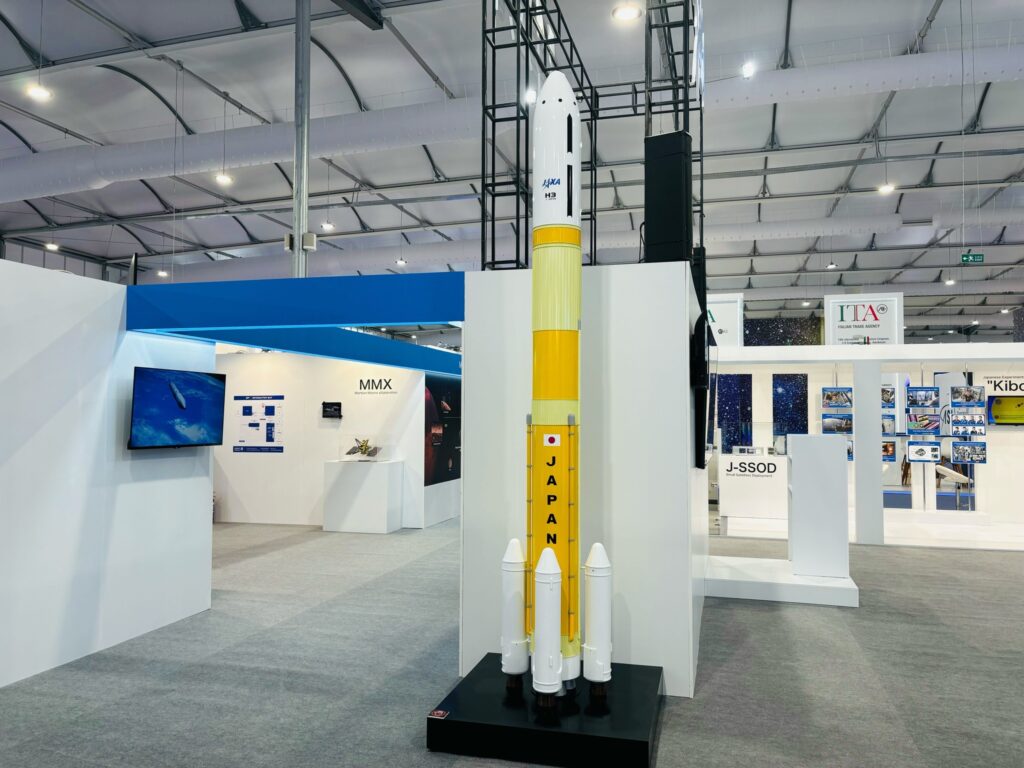
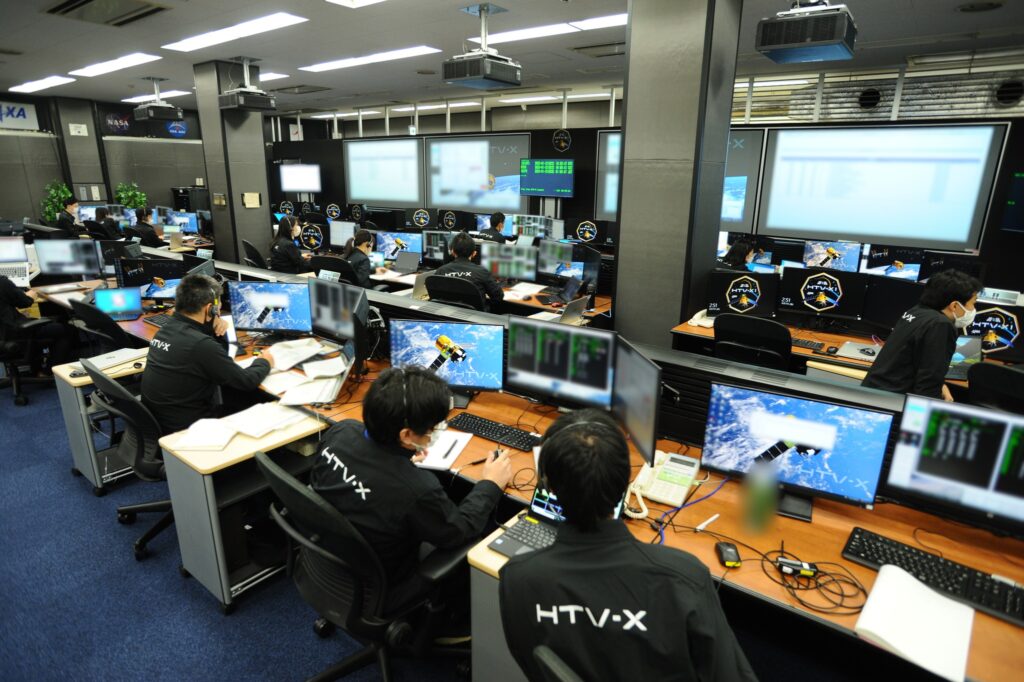
The next two astronauts who will make history
The agreement with the United States has sent the Japanese into ecstasies. However, JAXA has not explained how it will select the astronauts who will participate in the lunar exploration mission. What is certain is that of the seven astronauts on board Artemis-4, two will be Japanese. Although likely, it is not yet certain that they will be Makoto Suwa and Aya Yoneda, who were chosen in February 2023 to participate in a mission.
“The astronauts who land as part of the Artemis programme will become the pioneers who will make long stays on the moon in the future,” said Yosuke Yamashiki, director of the SIC Human Spaceology Center at Kyoto University. Although the lunar environment is complex, with radiation levels hundreds of times higher than those recorded on Earth, Japan has accumulated experience in space activities, so much so that at the end of March, it became the country with the highest number of astronaut visits to the International Space Station: 19 times. However, the distance remains sidereal from the USA and Russia, which lead the particular ranking with 292 and 110 visits.

